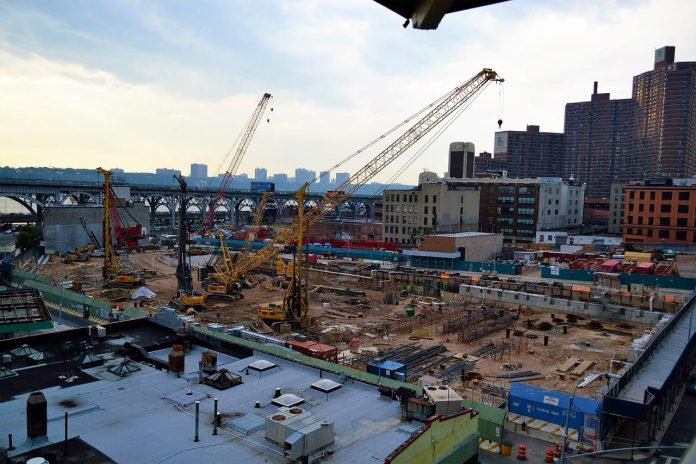Some industries are more dangerous than others. Alongside agriculture, construction ranks highly when it comes to annual workplace injuries and fatalities. And, when you consider the heavy loads, sharp implements, machinery and heights involved in the average day on a construction site, this might come as no surprise.
Fortunately, the modern construction industry is governed by a whole range of regulations and laws designed to minimise the risk to both site operators and construction workers. These are enforced through a series of official bodies, including the Health and Safety Executive.
If you’re running a construction firm, then it’s vital that you make yourself aware of the relevant law. Doing so could save you from a substantial legal bill, reputational damage, and sleepless nights.
What does the law say?
The Health and Safety At Work Act 1974 is the main piece of legislation governing workplace safety. It’s not restricted to the construction industry, but it will apply there particularly. Under the act, employers have a duty, where reasonably possible, to provide a safe working environment for employers.
The act provides a basis for more targeted regulations to be formulated. For example, the Construction Design and Management Regulations 2015 put a focus on some of the specific challenges faced in the construction industry. They apply to every construction project, no matter its scope and scale.
Similar pieces of law are in place to govern chronic noise exposure, electricity and gas safety, and the reporting of injuries, diseases and dangerous occurrences (or RIDDOR). Other regulations govern practices around materials which have historically been used in construction, including asbestos and lead.
How can you comply with these laws properly?
The best way to stay on the right side of the law is to be proactive, and to make systemic changes in how your organisation operates. For example, you might schedule regular risk assessments, and keep records of all of the measures you’ve taken to improve safety. Where equipment is old, and at risk of failing, it should be inspected, repaired, and (where necessary) replaced. In this way, investing in a brand new Milwaukee mitre saw might help you to keep workers safe, as well as more productive.
Do I need a lawyer?
Construction firms of a certain size are inevitably going to run into legal disputes at some point or other, since no health and safety policy can offer absolute protection. It’s generally a good idea to maintain close relations with a legal team, and to make sure that they’re specialised in construction law. The law is constantly being updated to reflect a changing industry, and staying on top of new developments might end up being a full-time job. As such, getting expert help might be warranted.

